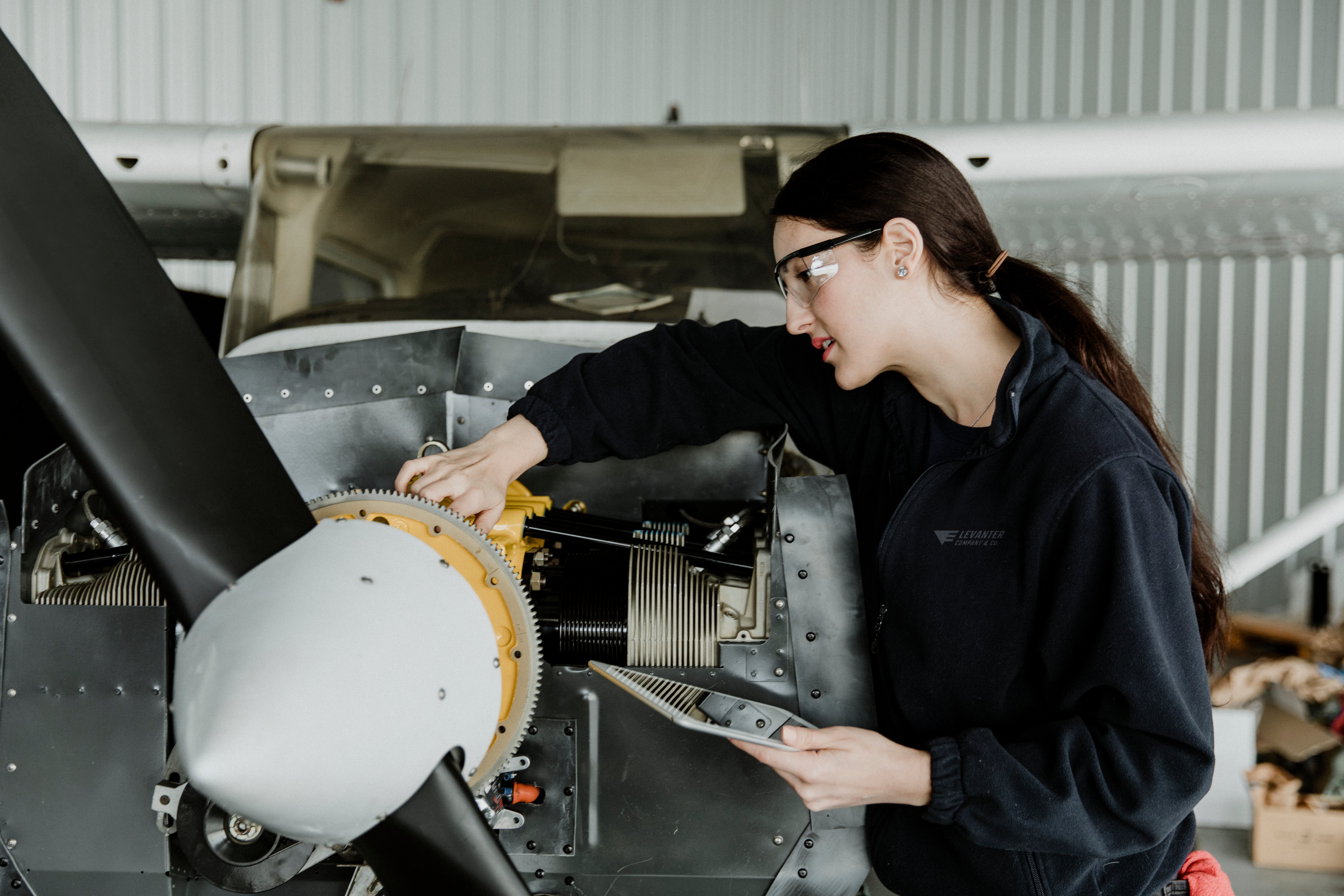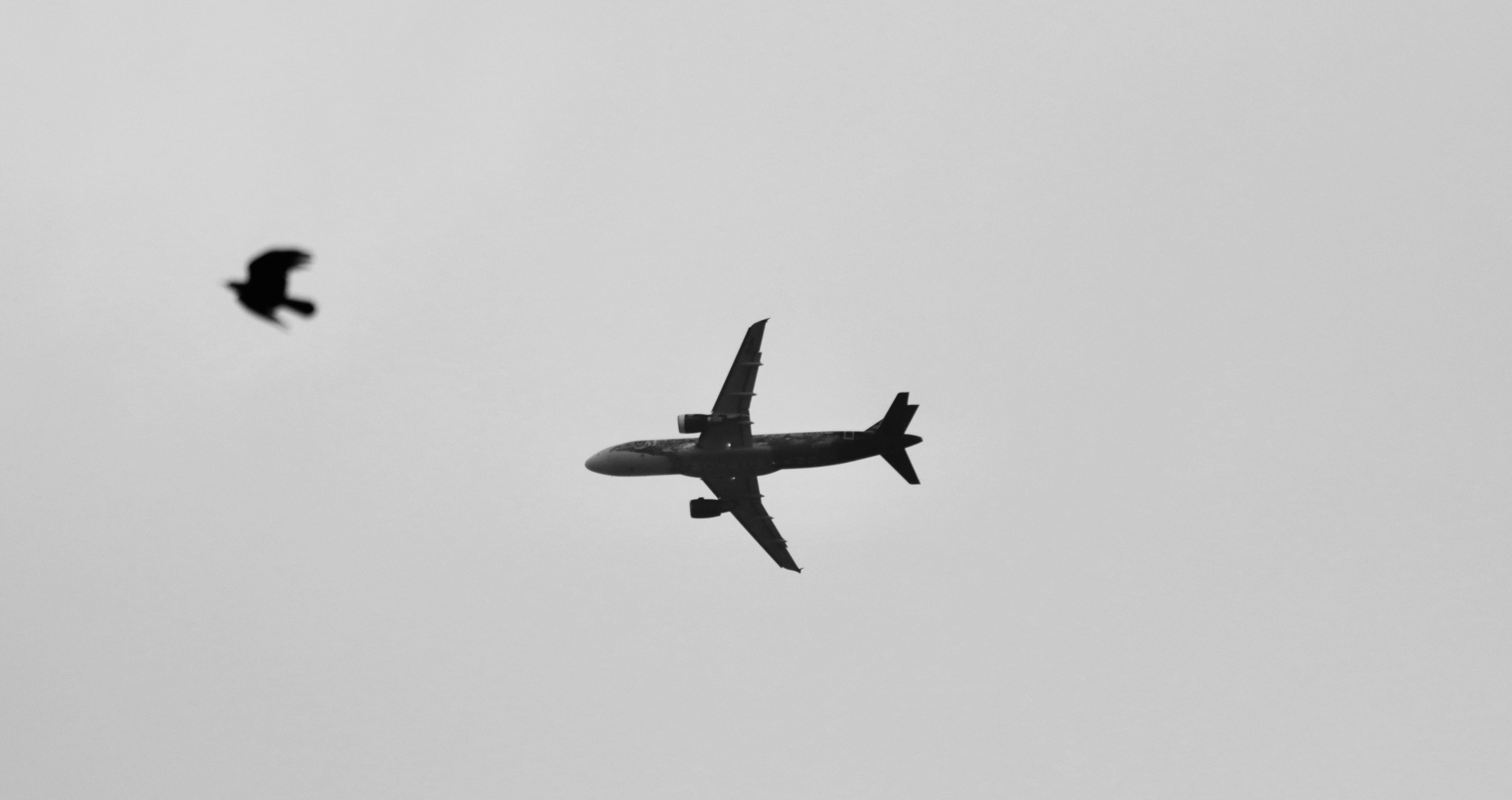Mitigating the Risk of CO Poisoning in the Cockpit
In light aircraft, a small leak in the engine exhaust can lead to carbon monoxide entering the cockpit. The risk of CO poisoning increases as cockpit heat is used during the winter months.
What happens when carbon monoxide enters the cockpit
Carbon monoxide is a gas that is produced when any fuel is burned. It is odorless, colorless, and tasteless, which makes it difficult to detect without the proper monitoring equipment.
In the event of a leak in the exhaust system of a light aircraft (with forward-facing engines), CO could enter the cockpit and build up to dangerous levels due to the confined space and lack of ventilation.
When inhaled, carbon monoxide quickly enters the bloodstream and prevents the blood from carrying oxygen to the tissues and organs. Inhaling high levels of carbon monoxide can be fatal within minutes. That's why carbon monoxide levels in the cockpit must be monitored so that pilots can take the necessary steps should it be detected.
Symptoms of carbon monoxide poisoning
Symptoms of carbon monoxide poisoning include headaches, dizziness, nausea, vomiting, chest pain, confusion, blurred vision, weakness, and shortness of breath. In severe cases, carbon monoxide poisoning can lead to loss of consciousness and death.
If you suspect that you or someone else may have been exposed to carbon monoxide, it is important to seek medical attention immediately. Blood tests can be used to confirm exposure to the gas, and treatment typically involves the administration of oxygen. In some cases, hospitalization may be necessary.
With prompt treatment, most people make a full recovery from carbon monoxide poisoning. However, it is important to be aware of the risks and take steps to avoid exposure to this potentially deadly gas.
Cases of death caused by CO poisoning in aircraft
On January 21, 2019, Argentine footballer Emiliano Sala died when the Piper Malibu in which he was a passenger ditched into the English Channel. Sala, a 28-year-old striker, was traveling from Nantes, France, to Cardiff, Wales, to join his new soccer club, Cardiff City, when the aircraft crashed into the sea.
An investigation into the accident revealed that it was likely Sala had been exposed to high levels of carbon monoxide before his death. High levels of carboxyhemoglobin were detected in his bloodstream. The body of the pilot, David Ibbotson, was never found.
Sala's death highlights the dangers of carbon monoxide poisoning and the importance of having proper safety equipment in place. The investigation found that the plane was not equipped with any carbon monoxide detectors.
The National Transportation Safety Board has investigated many more aircraft accidents caused by carbon monoxide poisoning.
- In one case, three people died when a pilot flew into a heavily forested area and was unable to ventilate the cockpit effectively.
- In another, two pilots and a passenger were fatally poisoned when exhaust fumes from the plane's engine entered the cabin through a faulty valve.
Additionally, the NTSB has investigated several occurrences of CO exposure on planes that did not result in accidents but sickened people on board.
All these cases underscore the need for pilots to be aware of the dangers of carbon monoxide and take steps to avoid exposure.
How to prevent carbon monoxide poisoning in the cockpit

The only way to prevent CO poisoning in the cockpit is to ensure the aircraft's exhaust system is well-maintained and leak-free. Prevention is always the most desirable goal.
The exhaust systems in aircraft are more complex than those in automobiles. The heat from the exhaust system is used to provide heat to the cockpit and cabin (and carburetor heat, if required).
The engine may be exposed to greater weather extremes that can cause more wear on the component parts. As such, the exhaust system should be inspected regularly for wear and tear, not only visually by the pilot or owner but also by a qualified aircraft mechanic who should carry out any necessary repairs if cracks or pinhole leaks are suspected.
Carbon monoxide sensors for the cockpit
There are many different types of carbon monoxide sensors on the market, but not all of them are created equal. Some sensors are more accurate than others, and some are more sensitive to changes in concentration levels. For these reasons, it is important to choose a sensor that is suited to your cockpit layout and, of course, your budget.
Sensors from name brands are typically more expensive than generic ones, but they offer the advantage of being backed by a reputable company. In addition, name-brand sensors often come with a warranty.
Here are some examples. These are not specific recommendations but rather popular ideas to get you started in your search for the right sensor for your needs.
- Guardian Avionics Carbon Monoxide Detector- AERO-553
- Sporty’s Pilot Shop Carbon Monoxide Detector
- Aithre Shield Carbon Monoxide Detector
- Forensics Carbon Monoxide Detector
- GasAlert Clip Extreme II
- CO Experts ULTRA
What to do if you suspect CO poisoning in the cockpit
If you are alerted to the presence of CO in the cockpit by a monitoring device, or you suspect that CO poisoning has occurred, it is important to take immediate action. Ventilate the cockpit and the cabin, and then land the plane as soon as possible. If anyone aboard is showing signs of CO poisoning, s/he should be taken to a hospital for treatment.
The aircraft should remain grounded until it can be inspected by a qualified mechanic to determine the source of the CO leak and make any necessary repairs. By taking quick action, you can help prevent serious health problems for yourself and others.
Share this
You May Also Like
These Related Articles

The IMSAFE Checklist and the Art of Preflighting the Pilot

Dealing With Bird Strikes and Other Wildlife Strikes
-1.jpeg)